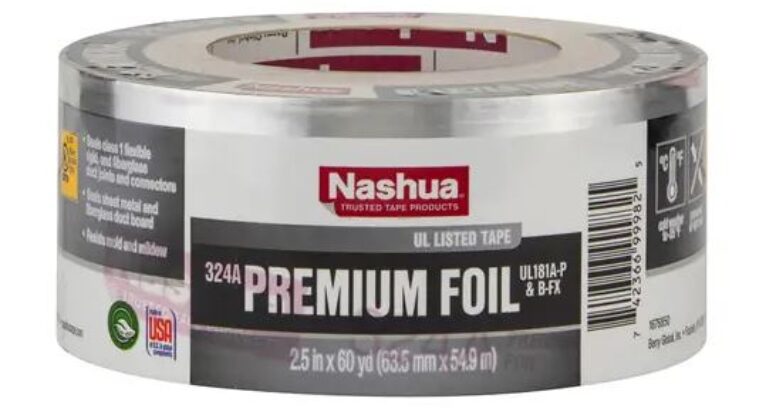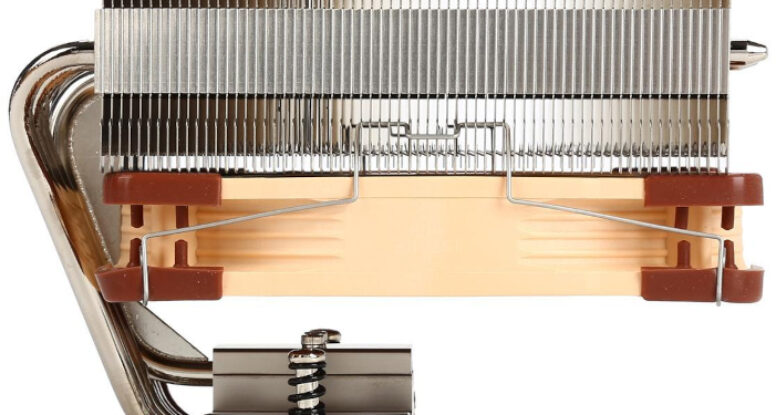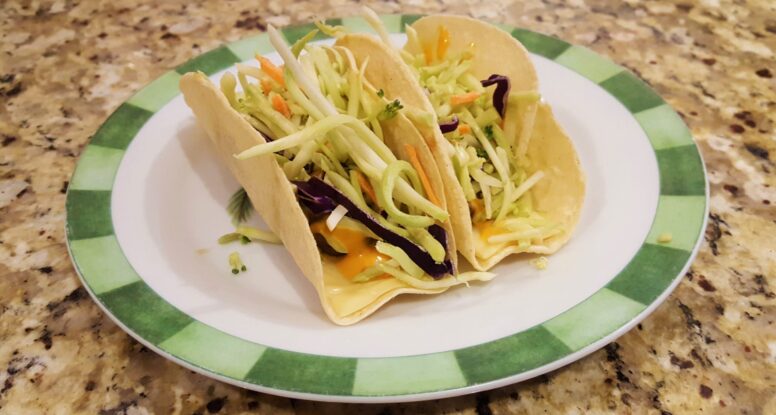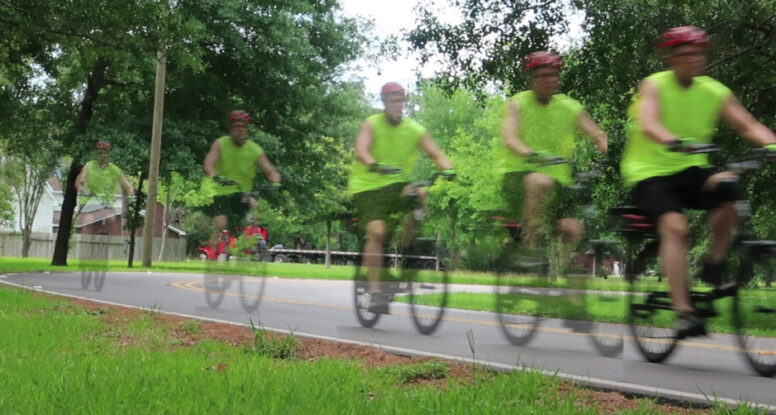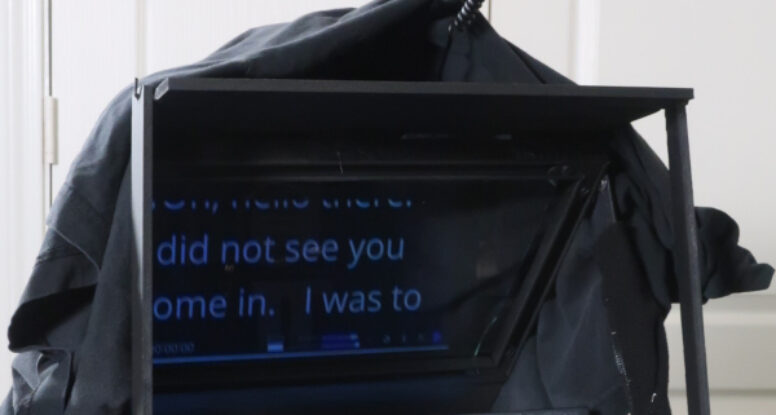When I was a kid, we lived at the end of a long gravel road without any neighboring kids we could play with. I was the youngest, with a sister four years older and a brother two beyond her. To while away lazy, pre-Internet summers when we’d read all our books and the rabbits were fed and the clouds and the neighbor’s cows doing nothing of interest, we’d often play a game of our own invention called “Roller-Bat”.
Today I made a special trip to the big-box hardware store only to learn they no longer stock aluminum HVAC tape. In case you don’t know, this product is the jack-of-all-trades “duct tape” (more properly Duck Tape) pretends to for a wide range of tasks around the house, studio, and attic. It’s strong, easily to apply, light-proof, leakproof, and removable, almost always without a trace. And unlike Duck tape–which was designed for waterproofing ammunition crates in WWII, not for sealing ducts, aluminum HVAC tape sticks like hell, even to less than perfectly clean surfaces, is impervious to moisture and heat, and will not turn to dust in the attic.
I have used it to build studio lights, seal leaks in my HVAC system, build an attic door insulation cover out of scrap polystyrene, attach dryer vent hoses, and as a removable duct attachment to permit annual cleaning of the dryer exhaust duct through the attic. When I renovate, I also use it the seal the duct plenums to the ceiling drywall to reduce drafts and prevent windy weather from pushing attic dust down into the house.
Recently, I installed an air return from our master suite, which forms a peninsula at one end of the house and which has always been difficult to heat. Upgraded windows, attic insulation, and a duct booster fan have helped. The air return is to provide more space for air returning to the HVAC intake without having to squeeze around the bedroom door, building up a rind of dust over time.
The idea that Telsa worked on some anti-gravity technology now lost is a myth. He also didn’t invent the three-phase electrical distribution he’s so often credited for. That was Mikhail Doliva Dobrovolsky, a Russian engineer working in Germany, who was the first to demonstrate polyphase power when he used it to transmit hydroelectric power many kilometers to power an 1891 exhibition in Frankfurt am Main, in Germany.
At around the same time, Tesla patented a polyphase motor, which he later agreed was identical to Dobrovolsky’s, who did not patent his discoveries out of a (perhaps misguided) sense of civil duty.
Tesla, though, was working for Westinghouse, who was keen to hold him up as the great genius behind the new electric age, while Dobrovolsky, a Russian working in Germany at a time of growing tensions between the two, was championed by no one. So the myth of Tesla grew in the American press, and today millions think of him as a cult-like figure, the great American misunderstood lone inventor when the reality is very different.
Tesla was a great inventor and engineer and contributed mightily to the early 20th-century explosion of electrical infrastructure, but he was one of many, many such contributors, and he was rather less successful in his pure scientific pursuits, where his focus on practical experiment and lack of theoretical grounding led him to waste energy on all sorts of unworkable nonsense like through-the-air power transmission and death rays that even at the time could have been shown to be impossible along the lines he envisioned.
Edison was not the lone wolf who invented the light bulb, nor Bell the telephone, nor Tesla polyphase power. And while Tesla never worked on anti-gravity as far as we know, he did apparently spend much of his adult life tinkering on his own “Dynamic Theory of Gravity,” which in a letter written at 81 years of age, he claimed would “put an end to idle speculations and false conceptions, as that of curved space” and he said it was “worked out in all details” and he would “soon give it to the world.”
He was claiming to have refuted Einstein, which would have been quite an achievement, but Einstein has been experimentally confirmed to precisions Tesla could not have dreamt of, and Tesla’s theory, if it ever truly existed, managed to vanish utterly from his papers.
I say all this not to denigrate Tesla or his contributions, but to point out that history tends to lionize the most visible faces behind significant events and gloss over the many others who invariably make the events possible, the societal influences and interchanges behind them, and indeed, the substance of the contributors.
Tesla also said,
man’s new sense of pity began to interfere with the ruthless workings of nature. The only method compatible with our notions of civilization and the race is to prevent the breeding of the unfit by sterilization and the deliberate guidance of the mating instinct … The trend of opinion among eugenists is that we must make marriage more difficult. Certainly no one who is not a desirable parent should be permitted to produce progeny. A century from now it will no more occur to a normal person to mate with a person eugenically unfit than to marry a habitual criminal.
If this statement were your only guide to the man’s character, you might well judge him with Hitler. But he also spoke out in favor of women’s equality, and during the second world war, sought to develop a death ray in support of the allies.
Tesla was not a God-like genius, stifled by a society unprepared to accept his magical inventions. He was a human being born of his times and situation, as are we all, and to buy too deeply into his myth betrays not only the memory of the lesser-knowns, but the very pursuit of truth to which he seems to have been genuinely committed.
This is good design:
This is poor design:
When it comes to computers, I’m not exactly a gear head. I built my own from an 8085 chip set as a kid, but these days I just want one that works. I like to get the job done, but I’m also thrifty and I don’t enjoy spending more than I really need to. Throughout the quarantine and for many years before, I’ve been using as my main home computer a cheap HP desktop I bought years ago for my wife when she needed it for a job she no longer has. It did what she needed and what I needed too until I started software development and video editing.
Earlier this summer, I decided if I was going to keep making videos, I needed to spend less time twiddling my thumbs and restarting after crashes. I bought an HP Envy with an Intel I7 processor that’s pretty good but certainly not the best to be had. I immediately doubled the memory, knowing I would need it for editing. This process was made slightly annoying by the machine, with a capacity of up to 32GB in two DIMM modules, coming with two 8GB modules so that in order to use it’s full capacity, you have to replace BOTH instead of just adding one. I don’t know if HP received the giant middle finger I mailed them,
I LOVE Japanese ginger dressing. It’s always been my favorite part of visiting a Hibachi restaurant, and it’s healthy and light. But over the years, attempts to find a bottled substitute have universally failed. Most are like ginger-scented vinegar. They are without exception really, really awful.
So now that I’m the family chef, I decided to make my own, and it turns out it’s really simple:
Like a lot of families, the Hardwick household spent a good part of the 2020 pandemic lock-down re-evaluating and adjusting our lifestyle. For us, a big part of that involved food. Kristina hates to cook and I never learned how, so for most of our adult lives, we’ve eaten far too much frozen or take-out meals. That ended in 2020. I started cooking, at first to take stress off of others and make the most of the foods on hand or readily available, later for health and economy and the too-often neglected in modern life, simple sociability of the evening meal.
I bought a high-quality ceramic coated wok and a Japanese knife of Damascus steel for making stir-fry. I mastered Korean Gyeran-mari (or rolled omelette), and found a new love for ready-made Indian sauces, tofu, and a host of other light and tasty alternatives to the high-fat, high-carb working man’s diet our parents learned on the farm and bequeathed us.
We will never go back. I’ve lost 50 pounds and have developed a striking intolerance for most American convenience food. But of all our improvisations and experiments, none has been as big a hit and made as enduring an impressions as my new go-to lunch, the pandemic taco.
From time to time, I get kind notes from readers favorably comparing my work to the classics of old. I also occasionally get messages asking how you can help promote my work and bring me one step closer to quitting the day job and doing this full time.
Well here’s something…
I’m no Matt Damen, but I did okay with the ladies back in the day–I guess. I was and am a nerd. I grew up in a world of books and ideas. I was that kid in the back of the class with his nose in a book to keep from having to make small talk before class, the kid in the comedy flick who never seems comfortable in his own skin, because at just over 6’1″ and adorned in whatever my mom found on the Blue-Light special, I wasn’t. I towered over the other kids, yet let myself be bullied. I avoided sports…and stayed scrawny. When I reached college with my touring bike and access to a natatorium, that all changed, but it never occurred to me I might be physically imposing until one night in a convenience store when the checkout clerk, unaware that her friend (who had come up to shout through the door and give me shit about my t-shirt) was sleeping with me, shouted her name and flashed the international standard facial semaphore for “are you fucking kidding? He’s gonna kick your ass!”
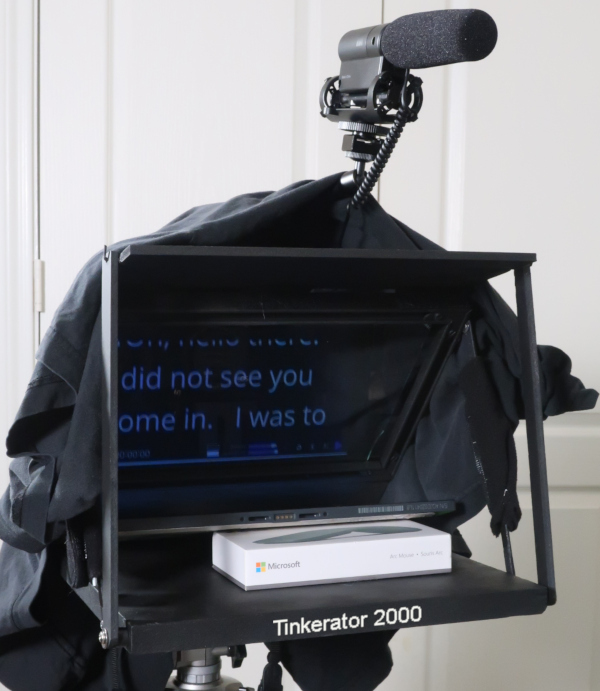 One of the reasons I started my Patreon page was to defray the cost of certain items and services needed to advance my writing career so I can spend more time writing. The impetus for the change was a teleprompter I started tinkering together over the holidays.
One of the reasons I started my Patreon page was to defray the cost of certain items and services needed to advance my writing career so I can spend more time writing. The impetus for the change was a teleprompter I started tinkering together over the holidays.
Over the years, I’ve cobbled together all sorts of photographic gear, tools, gizmos, and software–but there is always a consideration of what in business school is called “the make or buy decision.” These days, when I start to build or repair or clean or fabricate, a proverbial birdie rests on my shoulder, singing “you should be writing, you should be writing.”


